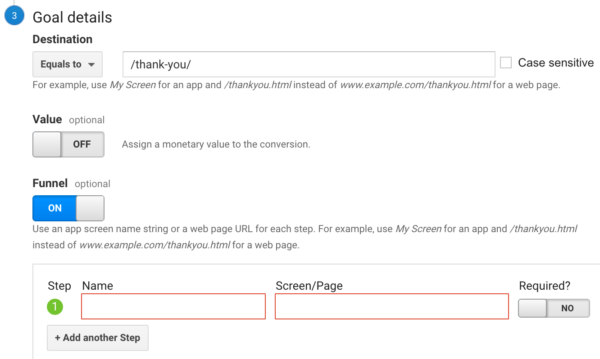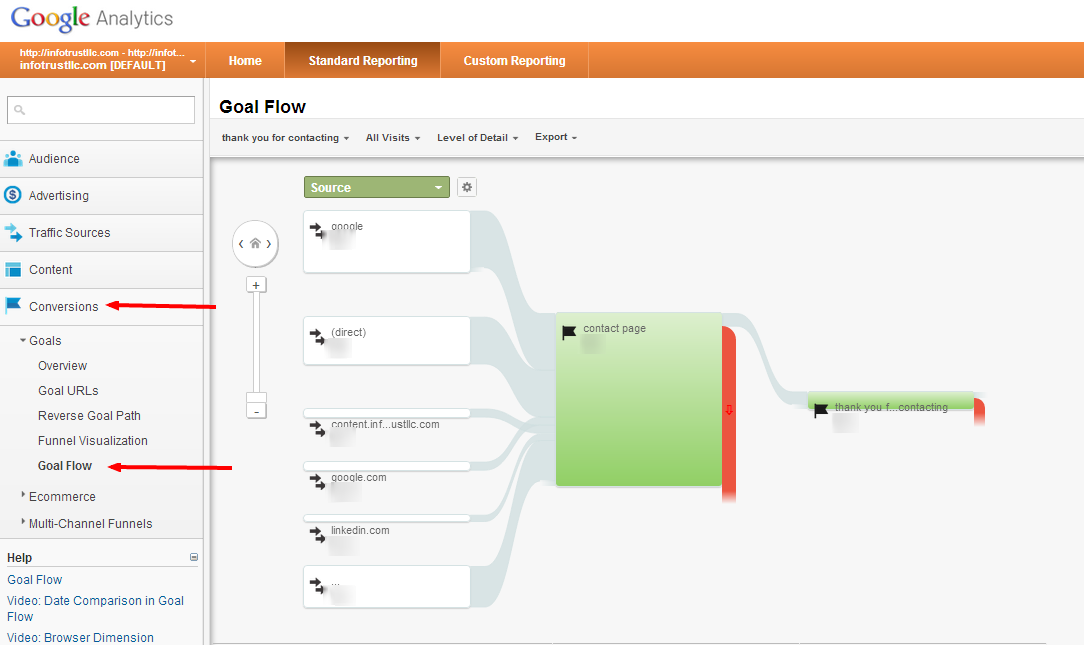What Data Is Google Analytics Goals Unable to Track and Why
What Data Is Google Analytics Goals Unable to Track and Why
Blog Article
Debunking Google Analytics Limitations: Uncover What Information Goals Can not Track
In the realm of digital analytics, Google Analytics stands as a powerful tool that provides valuable insights right into web site performance and individual habits. However, amidst its abilities, there exist constraints that commonly go unnoticed. Comprehending what Google Analytics can not track is crucial for an extensive understanding of data analysis and decision-making processes. From the ins and outs of customer communication with vibrant web content to the intricacies of cross-device customer trips, these restrictions lost light on locations that might remain covered from conventional analytics viewpoints. By untangling these restrictions, a more clear image emerges, enabling even more enlightened approaches and fine-tuned understandings into user engagement and conversions.

Individual Communication With Dynamic Content
Individual communication with vibrant material plays an essential duty in understanding individual behavior on websites and maximizing the general individual experience. Dynamic web content describes elements on a website that can transform without the demand for a complete web page reload. This includes interactive components such as pop-ups, sliders, types, and video clips that react to customer actions in real-time. By tracking user interactions with vibrant content, web site owners can gain useful understandings into user involvement, choices, and habits.
Google Analytics supplies various devices to track individual interactions with vibrant material, such as occasion tracking and virtual pageviews. Occasion monitoring allows you to keep track of certain customer actions, like clicking a switch or watching a video, supplying information on how individuals communicate with dynamic aspects. Virtual pageviews can be used to track interactions that do not result in a new page lots, providing a thorough sight of user involvement with dynamic material. By examining this data, web site proprietors can make educated choices to boost customer experience and drive conversions.
Cross-Device Customer Journeys
Just how can contemporary analytics devices track the facility courses users take across numerous devices in their online journeys? Cross-device customer journeys provide a significant difficulty for monitoring and examining customer behavior accurately. As customers communicate with websites or apps making use of different tools such as smartphones, desktops, and tablet computers, it comes to be important to understand exactly how they move between these platforms to optimize individual experience effectively.
Google Analytics encounters restrictions in tracking cross-device individual journeys as a result of privacy problems and technological constraints - what data is google analytics goals unable to track. While it can supply insights into specific tools' communications, tracking a seamless customer journey throughout multiple devices continues to be an obstacle. This restriction can lead to insufficient information and fragmented customer understandings, making it hard for organizations to develop a unified sight of the consumer trip
To resolve this concern, organizations can utilize advanced analytics devices that supply cross-device tracking abilities, permitting them to obtain a more all natural understanding of customer behavior. By leveraging these devices, companies can bridge the void in tracking cross-device customer journeys and optimize their electronic approaches for a smooth user experience.
Offline Conversions and Acknowledgment
As businesses browse the obstacles of tracking cross-device user trips, one more pivotal element to think about is the world of offline conversions and attribution in the realm of information analytics. While Google Analytics offers useful insights right into online individual habits, it fails when it involves tracking conversions that happen offline. This restriction poses a significant challenge for businesses that have both online and offline sales channels.
Offline conversions, such as purchases made in physical stores or through phone call centers, are important to recognizing the total consumer journey. Without the ability to attribute these offline conversions to specific on the internet interactions, services might have a hard time to properly determine the effect of their digital marketing initiatives.
To address this gap, organizations can explore alternative solutions such as integrating CRM systems with on the internet analytics devices or making use of distinct promotion codes that can be traced back to on the internet campaigns. By linking the void in between online and offline information, organizations can obtain an extra thorough understanding of their customers' actions and enhance their total marketing approaches.
Individual Customer Identification
In the realm of data analytics, the capability to properly determine individual customers throughout various online touchpoints is a vital challenge for services looking for to customize and optimize their advertising approaches. While Google Analytics gives important insights into user habits and interactions, it drops brief in making it possible for the identification of particular individuals because of privacy worries and technical limitations. Google Analytics makes use of one-of-a-kind identifiers such as cookies to track user sessions and actions, but these do not correspond to identifying private users in an individual feeling.

Data From Secure Pages
In spite of the increasing prevalence of safe pages on sites, obtaining information from these encrypted sources offers a special challenge for electronic analytics systems like Google Analytics. Protect web pages, indicated by HTTPS in the link, secure data exchanged in between the customer's internet browser and the web site's server to guarantee personal privacy and safety. While this file encryption is essential for securing sensitive information, it also poses constraints for tracking user behavior and event analytics data.
Google Analytics encounters obstacles in collecting thorough info from secure pages because of the security methods in area. Therefore, specific data points such as referral sources, keyword searches, and even some customer interactions may not be fully recorded when users access an internet site through a secure link. This constraint can influence the accuracy and completeness of the information analysis, leading to gaps in recognizing individual habits and choices on safe and secure web pages.
To navigate this obstacle, electronic experts may require to explore alternative tracking methods or leverage other devices specifically created to collect insights from safe pages. By adjusting approaches to suit these constraints, businesses can still obtain useful analytics regardless of the restrictions offered by encrypted connections.
Verdict
To conclude, Google Analytics has limitations in tracking customer communication with vibrant content, cross-device customer journeys, find more offline conversions, specific customer identification, and data from safe and secure web pages. These limitations prevent a comprehensive understanding of individual read actions and may result in spaces in information analysis. Despite its useful understandings, Google Analytics might not give a full photo of user engagement across various touchpoints. It is crucial for services to be knowledgeable about these limitations and consider extra tools for an extra holistic view of their data.
Customer interaction with dynamic material plays an important duty in understanding user actions on internet sites and optimizing the total individual experience. By tracking individual communications with vibrant material, website owners can gain useful understandings right into customer engagement, preferences, and habits.
Google Analytics makes use of distinct identifiers such as cookies to track individual sessions and habits, yet these do not relate to identifying private users in an individual feeling.
As an outcome, specific information factors such as referral sources, keyword searches, and even some user communications might not be completely caught when customers access a website through a safe and secure link.In final thought, Google Analytics has constraints in tracking customer interaction with dynamic content, cross-device customer trips, offline conversions, specific customer identification, and data from secure pages.
Report this page